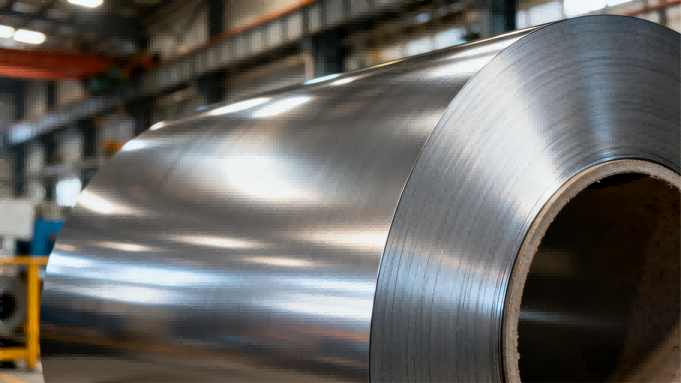What Steel Is Used In Transformers
Oct 07, 2025
Transformers are core components of modern power and electronic systems, and their performance depends heavily on the metal materials used. The following information summarizes the main metal materials used in transformers and their key characteristics to help you quickly understand them.
Core Materials:
1. Silicon Steel (Electrical Steel): Silicon steel features high magnetic permeability, high saturation magnetic induction, and low losses (especially grain-oriented silicon steel). It is typically used in power transformers, distribution transformers, and motor cores (low-frequency).
2. Soft ferrite: It has the characteristics of high resistivity, small high-frequency loss, but low saturation magnetic induction intensity. It is generally used in high-frequency switching power supply transformers, pulse transformers, magnetic amplifiers (high frequency), etc.
3. Amorphous and nanocrystalline alloys: They have extremely low loss (iron-based) and high magnetic permeability, resulting in significant energy-saving effects. They are used in energy-saving transformers, high-frequency transformers, and common-mode inductor cores.
4. Permalloy: It has extremely high magnetic permeability and low coercive force, but it is relatively expensive and is generally used in weak signal transformers, current transformers, and high-precision instruments.
Wire Materials:
1. Copper: Copper wire has excellent electrical conductivity and good mechanical strength, making it the most commonly used in transformer windings.
2. Aluminum: Its electrical conductivity is inferior to copper, but it is lighter and less expensive than copper wire. It is often used in some windings, especially in cost-sensitive or weight-sensitive applications.
Key considerations for material selection:
When selecting transformer materials, the following factors should be weighed:
1. Frequency range: This is the most critical factor. Silicon steel, due to its high saturation flux density, is the preferred choice for power transformers in low-frequency applications such as industrial frequency (50/60 Hz). Soft ferrites and amorphous/nanocrystalline alloys, on the other hand, excel in high-frequency applications (e.g., kHz to MHz) because their losses are much lower than those of silicon steel.
2. Efficiency and losses: Transformer losses primarily consist of core losses (hysteresis losses and eddy current losses in the core) and copper losses (resistive losses in the coils). Using high-permeability, low-loss core materials (such as high-grade grain-oriented silicon steel or amorphous alloys) and high-conductivity coil materials (such as copper) can significantly improve energy efficiency.
3. Cost-performance balance: Permalloy offers excellent performance but is expensive, and is typically only used in equipment with specialized requirements. Aluminum wire can reduce transformer costs, but its conductivity is inferior to copper, requiring a larger cross-sectional area to achieve similar conductivity.
4. Operating environment: This includes factors such as temperature, humidity, and mechanical stress. For example, the short-circuit resistance of amorphous alloy transformers requires special consideration.
Key Summary and Trends:
Simply put, silicon steel and copper are the most mainstream and fundamental material combination currently used in the manufacture of industrial frequency, high-power transformers (such as those used in power grids). In contrast, soft ferrites dominate high-frequency, low-power applications (such as mobile phone chargers and switching power supplies).
In the future, as energy efficiency requirements continue to increase, the application of high-performance silicon steel (especially high-induction oriented silicon steel) and amorphous alloys in the manufacture of energy-efficient transformers will become increasingly widespread, which is crucial for building a green power grid.
Read More

 Why choose ultra-thin non-oriented electrical steel?
Why choose ultra-thin non-oriented electrical steel?